If you’re thinking of trying a low-carb or keto diet… congratulations! You’re making a great decision for your life, health, and yes, even your weight! However, there are a few things you’ll want to be aware of if you want to make the most of your low-carb lifestyle.
In this article, we’ll discuss the seven most common mistakes people make when living a low-carb lifestyle. We’ll also provide tips on how to avoid these mistakes and get the most out of your low-carb diet.
So, let’s get started!
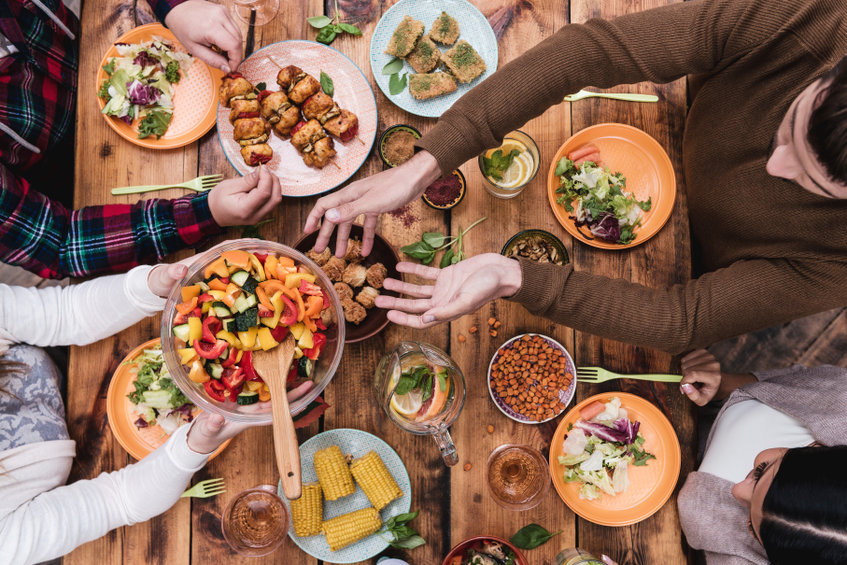
Mistake #1: Being too restrictive
Carbohydrates are found in many popular comfort foods (think pasta, pizza, baked goods, desserts, and more), and if you’re too concerned with your carb intake, you may feel deprived of your favorite meals. This might make you frustrated or cause you to binge eat.
Are you ready to lose weight and heal your body for life (without dieting, drugs, or making yourself miserable)?
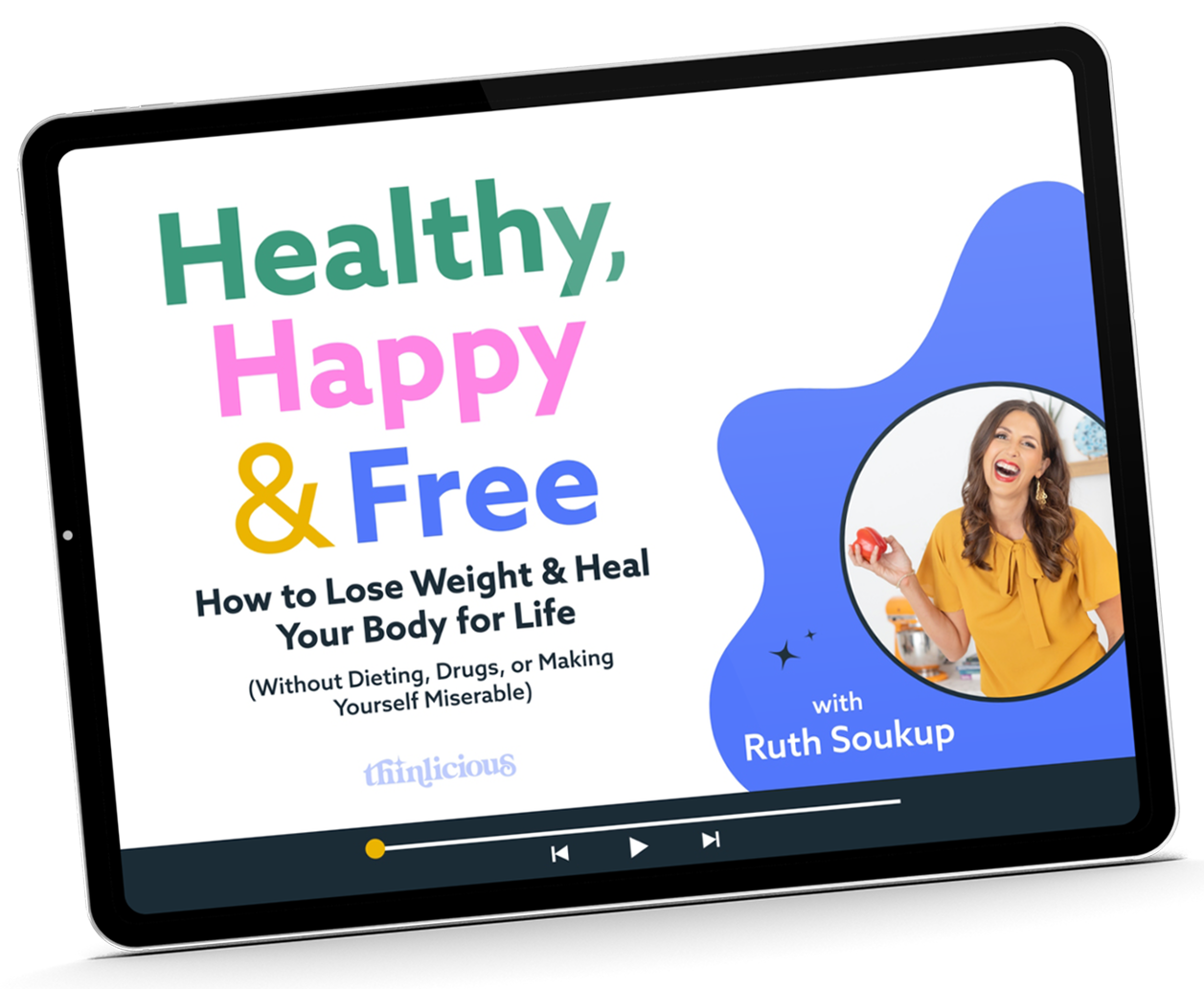
Our free on-demand video training will walk you through how to make this THE year you set health goals…and keep them.
“If you’re feeling hungry, hangry or deprived on a low-carb (or any) diet, it’s likely not sustainable and not a good quality of life,” says Seattle-based registered dietitian Ginger Hultin. “Make sure that you’re maintaining a positive relationship with food and with your body and that you’re getting guidance from a qualified professional, like a registered dietitian, to help you better understand your unique needs and how not to feel deprived or restricted,” she says.
As we’ve said before, eating low-carb is a lifestyle change, not a diet. If you’re too restrictive, especially in the beginning, it’s likely that you won’t be able to keep up any momentum. Plus, there are so many great, low-carb recipes for popular comfort food out there!
Here’s a few of our favorite recipes:
- Easy & Delicious Cauliflower Crust, Low Carb Pizza
- Low-Carb Grilled Cheeseburgers
- Lemon Coconut Cheesecake Snack Bites
- Buffalo Chicken Casserole
- Blueberry Cream Cheese Muffins
Mistake #2 – Not eating enough vegetables
One of the common risks associated with low-carb dieting is that if you don’t eat in a balanced way, you can end up with certain nutritional deficiencies. The best way to avoid these deficiencies is to make sure your diet includes lots (and we mean a LOT) of vegetables.
The great thing about most vegetables is that they are naturally low in carbohydrates! Broccoli, cauliflower, mushrooms, leafy greens, zucchini, bell peppers are all great examples of vegetables you can eat when you’re trying to restrict your intake of carbohydrates. These foods will give you plenty of fiber and other key nutrients your body needs to function properly.
But that’s not all! Vegetables also tend to have high water content, which will help you stay full, feel less bloated, and will aid in digestion. When planning your low-carb meals, definitely don’t skimp on the veggies!
Mistake #3 – Cutting out fruit completely
Generally speaking, fruits are naturally higher in carbohydrates than vegetables, but that doesn’t mean you have to cut them out of your diet completely. In fact, you should try to pick your favorite, low-carb fruits and “budget” them in your allowed carbohydrates for the day.
“Often fruit is mostly or completely excluded from the keto diet, which removes many options for high-fiber, -vitamin, -mineral, and antioxidant foods,” says Hultin. “Choosing fruit as your source of carbohydrates is a good choice because of the nutrient punch they pack and the overall lack of fiber on the keto diet.”
The crucial part of including fruits in your low-carb diet comes down to knowing their carb content—aim for fruit with the lowest net carbs. Examples include avocado, strawberries, blackberries, raspberries, coconut, olives, limes, lemons, tomatoes, and others.
Curious about what fruits you might want to generally avoid?
- Mango. One cup = 22 grams of net carbs
- Banana. One medium banana = 24 grams of net carbs
- Pineapple. One cup = 19 grams of net carbs
- Dried fruits (like pitted dates). Half cup = 60 grams of net carbs
So as you can see, there are some fruits best avoided, but there are also plenty of other options you can include your low-carb diet to make sure you body is getting all the proper nutrients it needs—just be sure to know their individual carb content before incorporating into your meal planning.
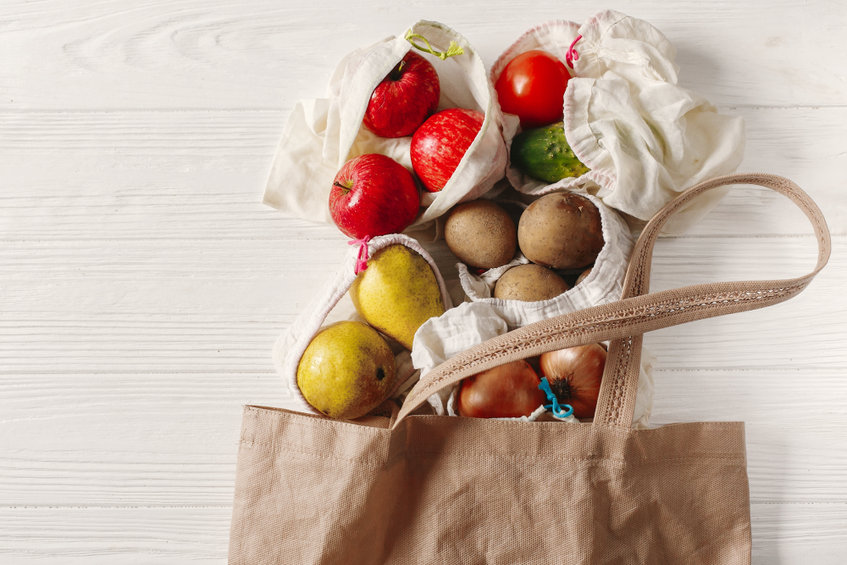
Mistake #4 – Giving up ALL starchy vegetables
Generally low-carb diets will encourage you to eat mostly leafy greens and other low-carb vegetables and limit starchy vegetables (as there are more carbs in things like potatoes, sweet potatoes and squash), it’s not necessary to get rid of them completely.
You’ll often hear that you can’t have starchy vegetables because they have too many grams of carbs. But you can still follow a low-carb diet without giving them up entirely. The name of the game is budgeting—making sure that your daily carb intake is spread out in a balanced way.
Including some starchy vegetables and fruit means you’ll be getting more of those important nutrients—like fiber—that you might miss out on when cutting out too many carbs.
Mistake #5 – Using your low-carb diet as an excuse not to exercise
Physical activity is an incredibly important aspect of living a healthy lifestyle, and it can also speed up the weight loss process (if that’s something you’re looking to do). It might be tempting to think that because you’re cutting down on carbs, that you don’t need to exercise as regularly or at all, but nothing could be further from the truth!
It’s important to balance your healthy diet with daily physical activity and both are needed for your health. If you’re so focused on your diet that fitness goes to the wayside, or if you don’t have enough energy due to lowering carbohydrate intake too much, it may be time to assess if the diet is working for you.
A combination of cardiovascular exercise and strength training is ideal, but the most essential thing to remember is that you should choose exercises that are fun for you and feel best for your body.
Plus, exercising also causes your body to release endorphins. These endorphins interact with the receptors in your brain that reduce your perception of pain, and trigger a positive feeling in the body.
Mistake #6 – Eating too much of the same thing (especially bacon)
With high-fat, low-carb diets, like keto, it’s often assumed that you can dig into fatty, greasy bacon as much as you like. Who wouldn’t want that? Everyone loves bacon (or should)!
When going keto or low-carb, fat is the primary source of fuel, so the goal is to have healthy fat in your diet. You certainly can get to a ketogenic state (in a keto diet) or maintain a low-carb diet by eating tons of bacon, but that is definitely not the healthiest way to do it. You can have some bacon, but not for every meal, every day. When you do have bacon, go for uncured options to help cut down on the added sodium and added sugar.
The goal is to use a variety of healthy fat and protein sources, which is important for everyone, whether or not you’re on a low-carb diet. Include plenty of plant-based oils like olive oil and canola oil, and nuts and seeds to get more of those healthy mono and polyunsaturated fats that our heart really loves. Opt for leaner cuts of protein, seafood that delivers heart-healthy omega-3 fats (like salmon) and plant-based protein sources, like tofu, tempeh, beans and lentils.

Mistake #7 – Not drinking enough water
Drinking plenty of water is a healthy thing for anyone to do, but it’s also important when you’re cutting back on carbs. This will help you avoid constipation and keep your body running like a well-oiled machine.
When you reduce your carb consumption, you’re also at a greater risk for dehydration since your body holds on to less water and tries to pee out ketones. If you’re suffering from the keto flu, make sure you’re drinking enough water. You can assist your body adapt and decrease symptoms of dehydration by closely monitoring your water intake.
When you’re reducing your carb consumption, especially in a keto diet where carbs are heavily restricted, you’re at a greater risk of becoming dehydrated because your body will retain less water and naturally try to expel ketones. If you’re suffering from the keto flu, drinking lots of water will help your body adapt, and will naturally decrease the symptoms.
Set a timer, keep a water bottle handy at all times—whatever you have to do to make sure you get enough water every day. Your body will thank you for it!
So there you have it—seven common mistakes you should avoid when trying a low-carb or keto diet. Hopefully this information will help you make healthier choices and lead you to success. Ready to get started?
We recommend starting with our Thinlicious™ 28-Day Metabolism Reset, which is designed to introduce you to the Thin-Adapted System and help you retrain the way your body burns fuel in just four weeks. Get it HERE.
What if you could actually take control of
your health in just 10 days?
It’s not your fault you can’t lose weight as a woman over 40 even though you’ve likely tried literally everything. Your metabolism probably feels broken and your hormones are likely all out of whack.
But you can fix it all with ONE simple change: eliminate sugar. We make it super easy with daily lessons teaching you the science behind what makes us gain weight in our midlife and beyond! Are you ready to get started now?

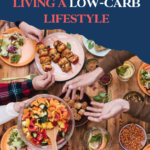
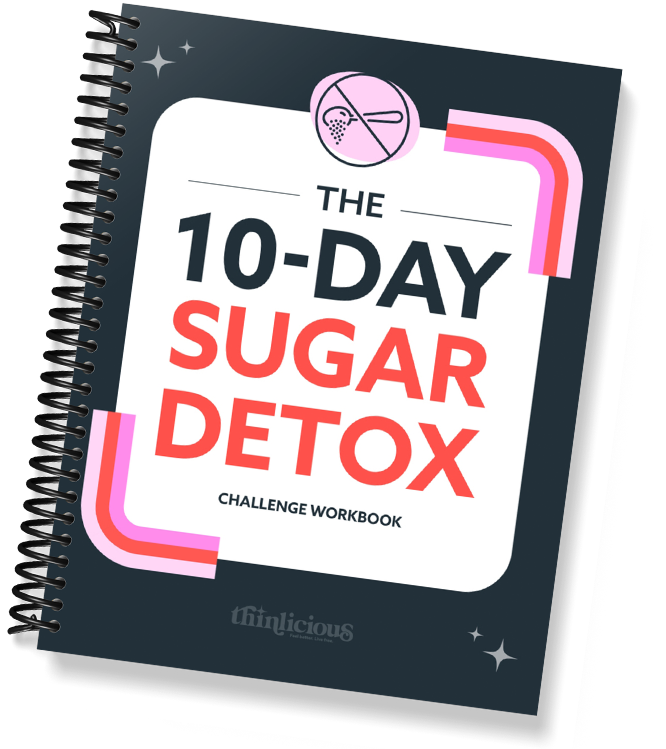

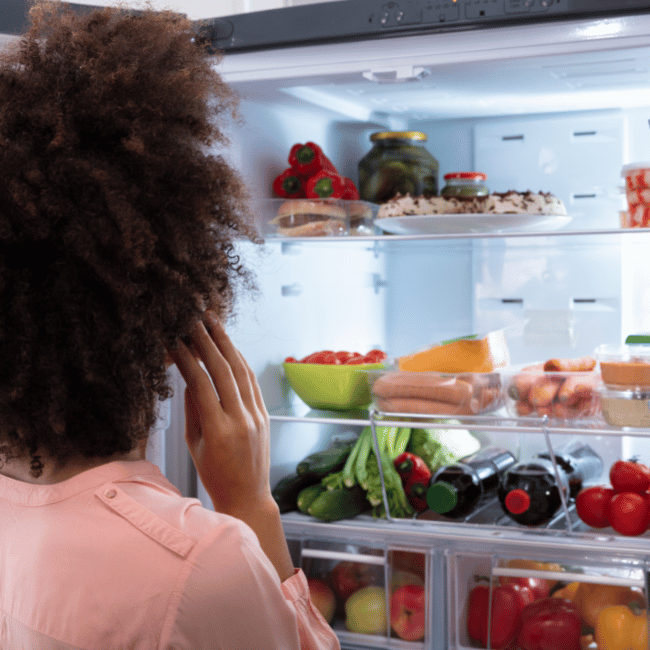
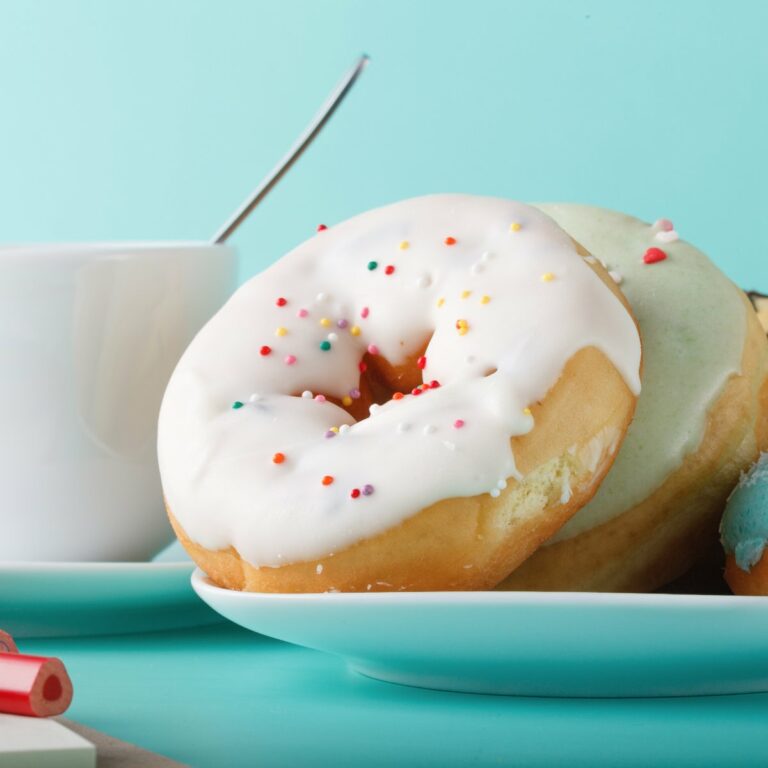

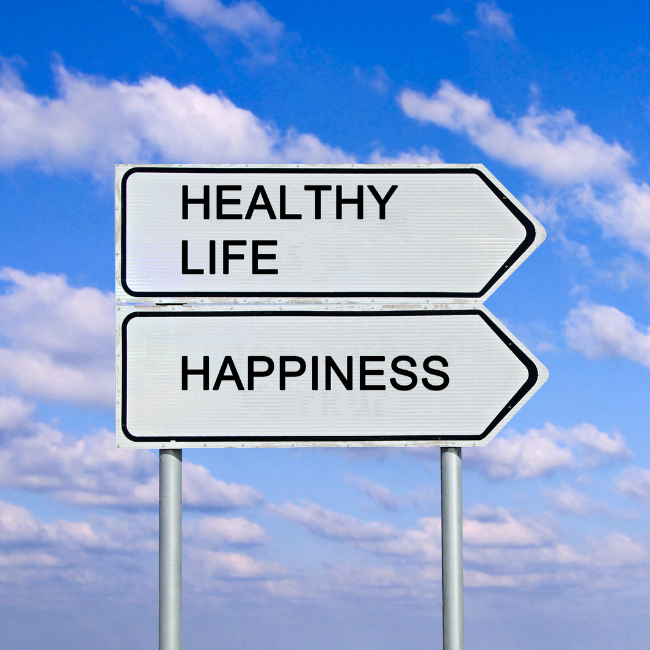

No canola oil! Or any other highly processed fats/oils. This is like poison to your body. And not lean meats. Why have lean meats when you need to get energy and satiety from fat? Also, need to drink salted or electrolyte water because you’re peeing out all yours, not just plain water. Lastly, beans (legumes) are generally high carb so be aware of intake.